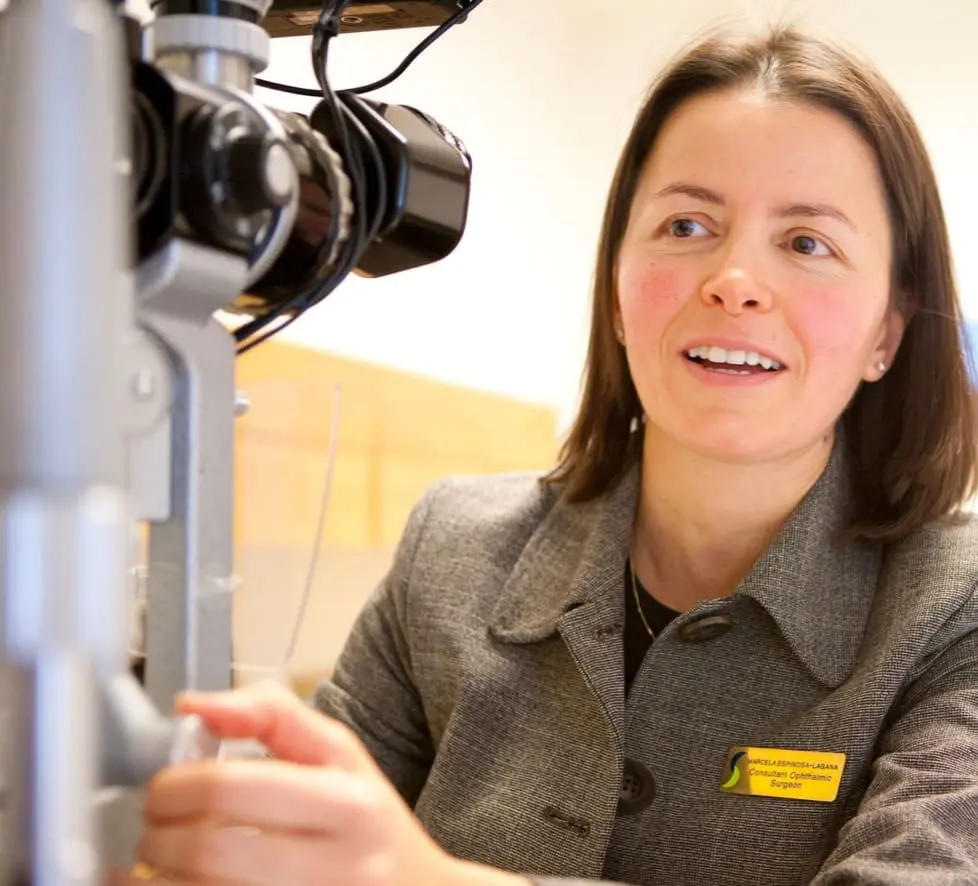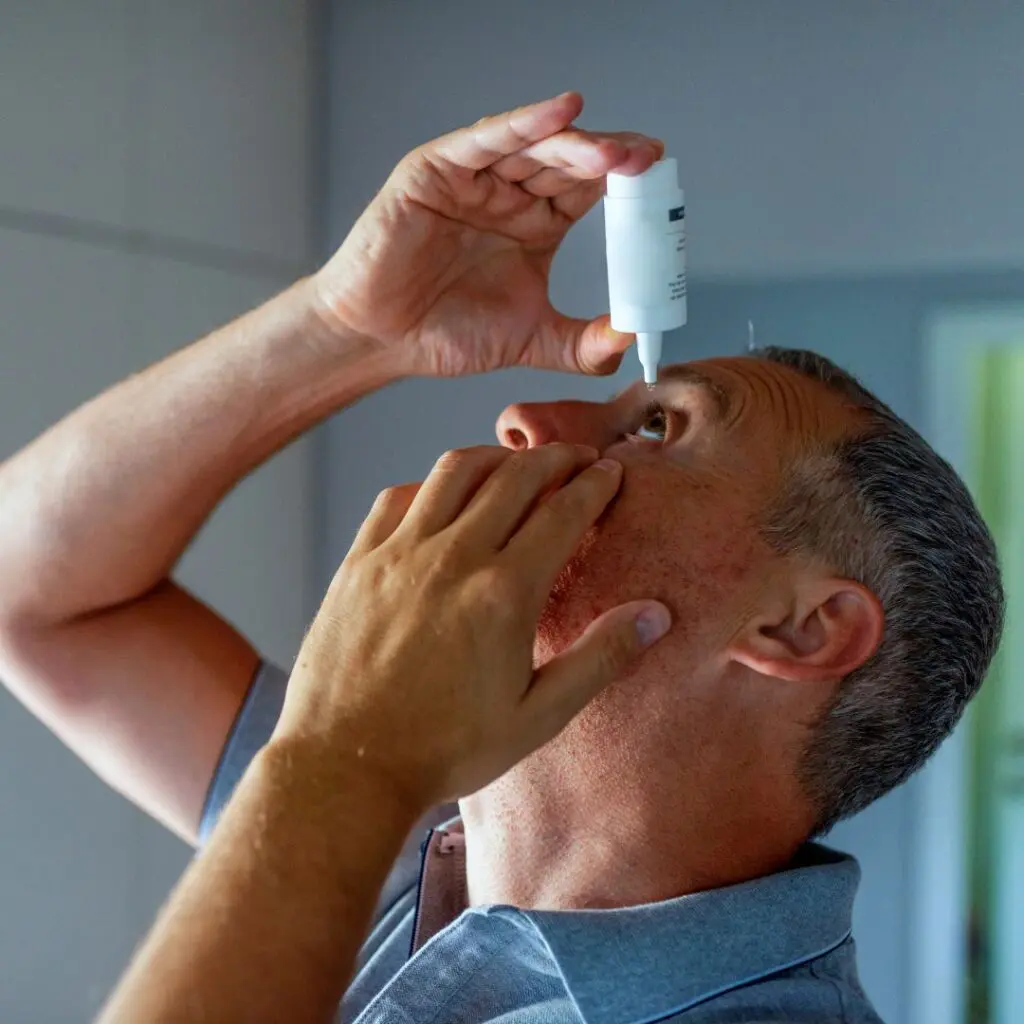Optic nerve damage may be caused by raised eye pressure or a weakness in the structure surrounding the optic nerve. Our eye pressures may be within normal limits but damage occurs because there is a weakness in the optic nerve which in turn affects blood flow to the nerve.
The condition is believed to be a genetic disease and may not appear until later in life. It can also be caused by a severe eye infection, a blunt eye injury or trauma, inflammatory eye conditions, or blockage of the eye’s blood vessels.


